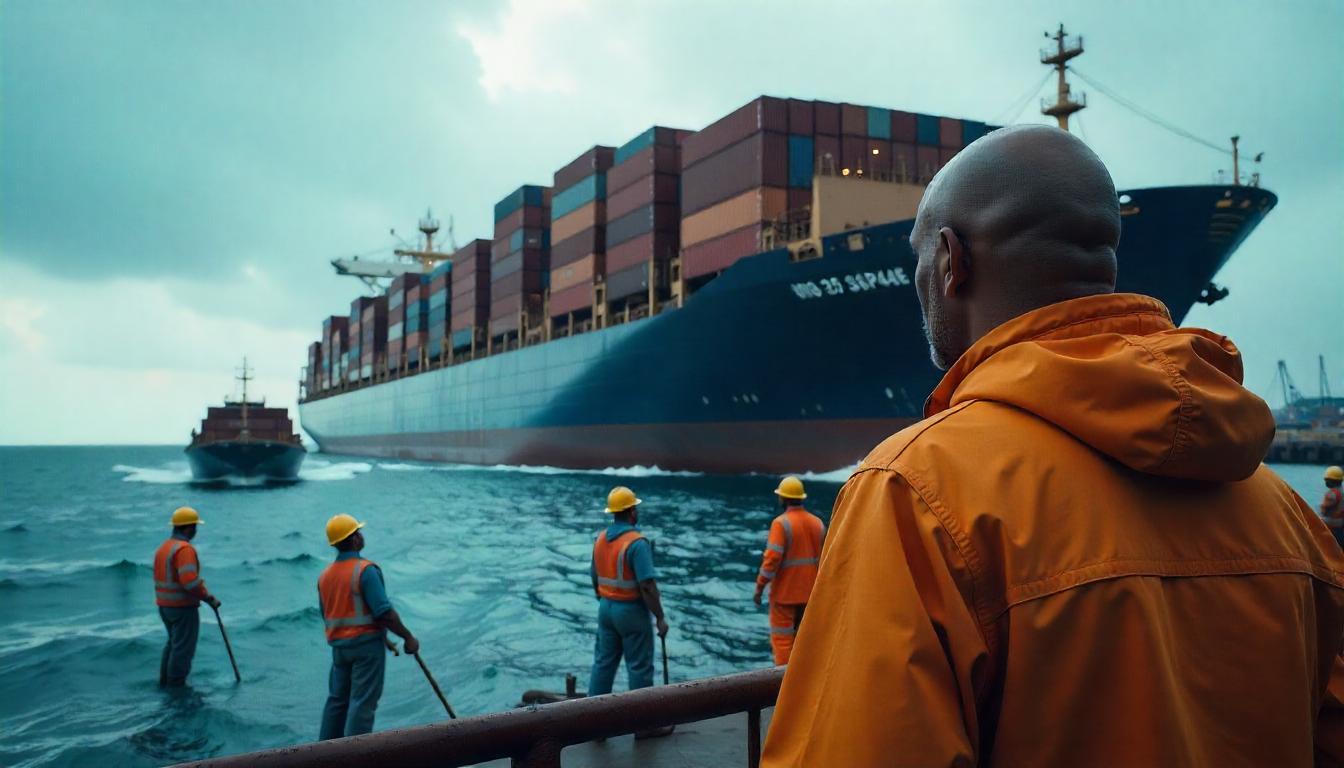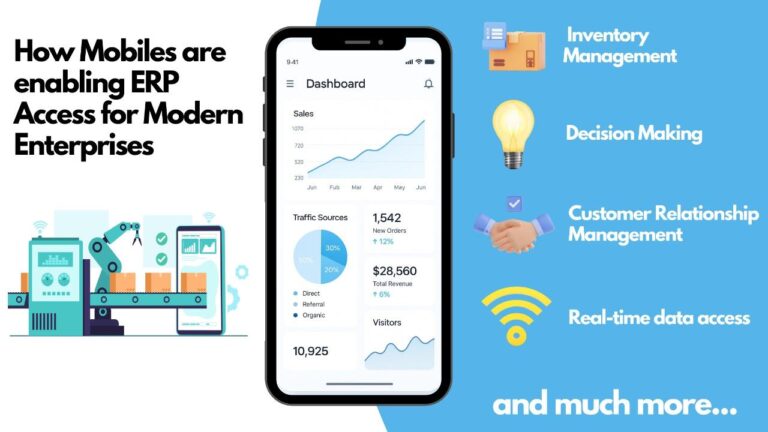
In an industry where time lost is revenue lost, Maritime Supply Management is undergoing a sea change. From global port congestion to fragmented communication between ships, suppliers, and agents—there’s a clear market signal: digitization, automation, and agility are no longer optional—they’re critical.
Let’s dive into the current state of the maritime supply ecosystem and the urgent needs that are reshaping the way maritime businesses operate.

1. Fragmented Procurement Process
Many ship supply agents and chandlers still rely heavily on manual methods—Excel sheets, email threads, and phone calls. This slows down response times and increases the risk of human error, especially during high-pressure vessel turnarounds.
2. Email Overload Without Context
RFQs (Request for Quotations) arrive from multiple channels—ShipServ, direct emails, even WhatsApp in some cases. Sorting through these manually causes delays and duplicates, especially when multiple people manage the same inbox.
3. Lack of Real-Time Visibility
Suppliers and buyers often operate with outdated information: Is the item in stock? Is the supplier still active? Has the order been confirmed? The lack of real-time updates can stall deliveries or result in costly errors.
4. Disparate Catalog Systems
Without a centralized catalog (e.g., IMPA/ISSA item references), item matching becomes a nightmare. Variations in part numbers or descriptions lead to quote mismatches and missed opportunities.
5. Port Pressure & Delivery Deadlines
Ships operate on tight schedules. Delayed deliveries or order errors at port can lead to massive logistical costs and reputational damage for supply agents.
What the Ship Supplier Market is Demanding?


In an industry where time lost is revenue lost, Maritime Supply Management is undergoing a sea change. From global port congestion to fragmented communication between ships, suppliers, and agents—there’s a clear market signal: digitization, automation, and agility are no longer optional—they’re critical.
Let’s dive into the current state of the maritime supply ecosystem and the urgent needs that are reshaping the way maritime businesses operate.
Current Issues Rocking the Waters

1. Fragmented Procurement Process
Many ship supply agents and chandlers still rely heavily on manual methods—Excel sheets, email threads, and phone calls. This slows down response times and increases the risk of human error, especially during high-pressure vessel turnarounds.
2. Email Overload Without Context
RFQs (Request for Quotations) arrive from multiple channels—ShipServ, direct emails, even WhatsApp in some cases. Sorting through these manually causes delays and duplicates, especially when multiple people manage the same inbox.
3. Lack of Real-Time Visibility
Suppliers and buyers often operate with outdated information: Is the item in stock? Is the supplier still active? Has the order been confirmed? The lack of real-time updates can stall deliveries or result in costly errors.
4. Disparate Catalog Systems
Without a centralized catalog (e.g., IMPA/ISSA item references), item matching becomes a nightmare. Variations in part numbers or descriptions lead to quote mismatches and missed opportunities.
5. Port Pressure & Delivery Deadlines
Ships operate on tight schedules. Delayed deliveries or order errors at port can lead to massive logistical costs and reputational damage for supply agents.
What the Market is Demanding?

The maritime supply chain is crying out for smart, connected solutions. Here’s what stakeholders now expect from modern maritime supply management platforms:
he maritime supply chain is crying out for smart, connected solutions. Here’s what stakeholders now expect from modern maritime supply management platforms:
1. Automated RFQ Processing
Shipowners want faster quote turnaround. AI that reads and classifies emails, attachments, and platform RFQs is a game-changer—saving hours per day and reducing missed opportunities.
2. Centralized Communication & Dashboards
Unified views of email threads, RFQs, order status, and supplier responses help agencies stay coordinated, even across time zones and shifts.
3. Intelligent Supplier Matching
Systems that suggest the best supplier based on stock, price, and past performance help reduce guesswork and optimize purchase decisions.
4. Integrated Catalog & Smart Search
Google-like search across IMPA/ISSA codes, synonyms, and historical orders improves accuracy and quote speed.
5. Mobile & On-the-Go Access
Ship supply is not a 9–5 business. Teams need tools that work on mobile, sync instantly, and allow remote coordination—whether at port or on call.




